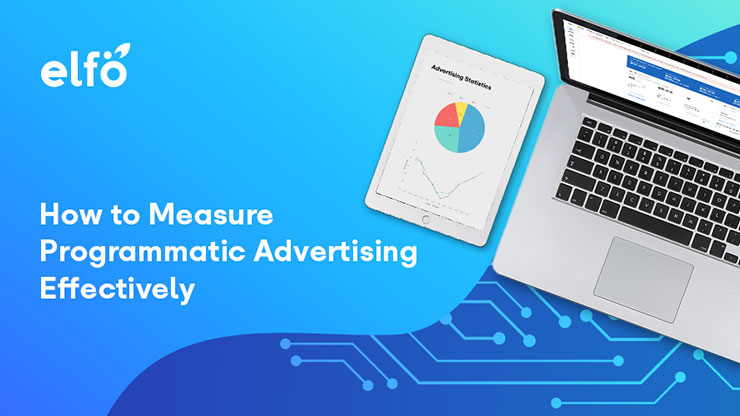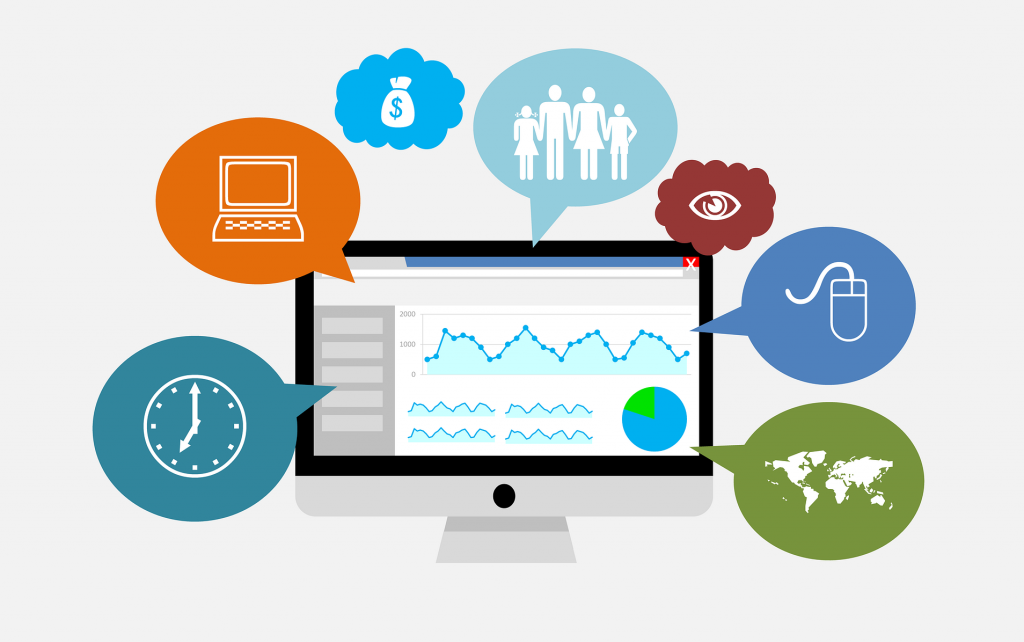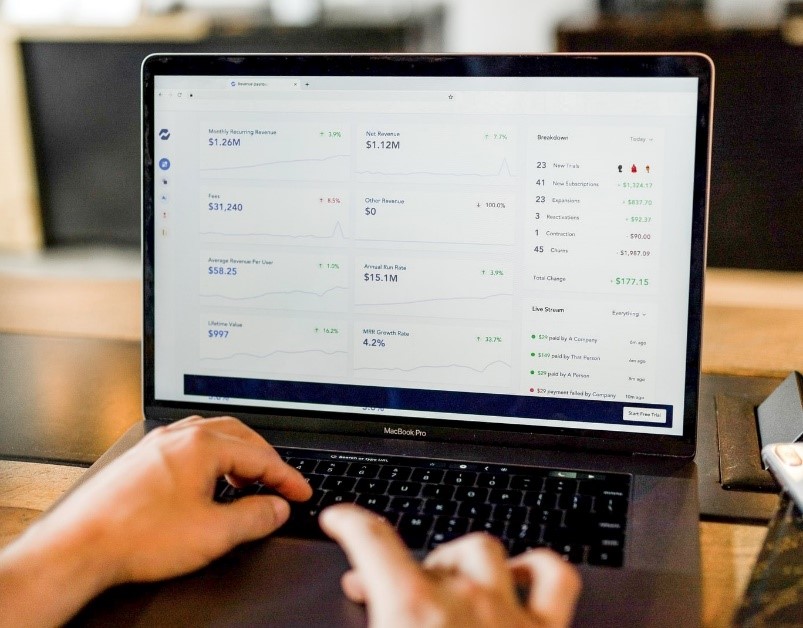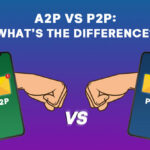
In the highly competitive digital marketing space, programmatic advertising affords marketers the opportunity to observe digital campaign performance closely with actionable measurements. Brands can acquire insights into what their target audience thinks about their ads and assess how much ad exposure is necessary to achieve their objective. To do this, marketers have to learn how to measure programmatic advertising effectively.
In order to determine success of their digital campaigns, brands have always used measurement to improve their media and creative strategies. Today, there are solid measurement tools that can bring new levels of speed and ability to act according to the shift in audience perception: programmatic advertising and integrated platforms. The real-time feedback loop enabled by such technology helps brands to optimize each digital interaction to be better than the last.
What is Programmatic Advertising and Why Use It?

Simply put, programmatic advertising – or programmatic ad buying as it’s also called – is the use of software to purchase display space on the Internet for digital advertising. With machines and algorithms, programmatic ads have allowed brands more time to better plan, better optimize, and better target their advertising.
For marketers, it is an efficient use of both time and resources. Designed to throw out the hit-or-miss campaign design that was costing brands a lot of money, programmatic advertising relies on an algorithm that determines where ad spend is most effective. All that’s required to get the system running is feeding it some information about your digital campaign and you’re all set. Going programmatic allows businesses to understand the media journey better than before and get in tune with what entices prospective buyers to click through.
If you’re not clear from the beginning what you’re trying to achieve with your digital campaigns, however, programmatic advertising can get tricky easily. Evaluating campaign success and performance can only be tracked and measured accurately when you set specific goals and measure these goals against specific Key Performance Indicators (KPIs).
The KPIs You Need to Measure Programmatic Advertising

To decide what KPI to measure against, you must be clear early on what your business objectives are and how they tie into your campaign goals. Once you have this established, you can work backward and choose what campaign targeting tactic will work best to achieve your goal and KPI. Here are the KPIs that you should be keeping track of on your programmatic advertising platform:
- Impressions
Impressions help you calculate brand awareness. They indicate reach, or more accurately, the total amount of times that your display ad was shown on a third-party site. To achieve brand awareness, you will likely measure your campaign’s success based on how many people you reach. However, be wary: the numbers displayed as impressions do not indicate that a person saw your ad, it just means that your ad was displayed. If you’re running an awareness campaign aimed at gaining impressions, you could try a contextual campaign for desktop or a hyperlocal campaign for mobile.
- Clicks
Clicks help you understand how well your audience is responding to your marketing message. They point out the number of people interested enough in your ad that they click on it and visit the corresponding product/service landing page. The more users who have clicked on your ad, the more interest there is in the offer. If you’re running an engagement campaign aimed at getting clicks, you could try a video campaign or mobile app campaign to get users to click to learn more. Ultimately, clicks bring visitor traffic to your website, so this also helps boost your website’s ranking on Google.
- Conversions
When the user completes a specific action on a landing page, this counts as a conversion. You can calculate conversions based on a campaign goal that you’ve specified, such as free trial signups or actual product sales. If you’re looking for sales, conversions, or customer acquisitions, perhaps try focusing on retargeting campaigns as this tactic will bring users who are familiar with the brand back to the website.
- CTR (click-through rate)
CTR is the percentage of people who see your programmatic ad and click through to the post-click landing page. A low CTR compared to a high impression count signifies that users are seeing your ad but aren’t clicking through. If your CTR is below average, it’s highly recommended to A/B test your ads to see what your audience responds to best.
- CR (conversion rate)
CR is the percentage of visitors to your website that becomes a “convert” by completing a desired goal. A high CR is indicative of successful marketing and landing page design, meaning people want what you’re offering! The best way to raise your CR is to ensure your landing page is optimized and the offer is solid. If what you’re offering is truly worthwhile, people who visit your site will want to get it.
Related topic: 7 Thank You Page Best Practices to Increase ROI
Track KPIs According to the Intended Campaign Goal

While all the KPIs listed above are indeed important to measure programmatic advertising and brand relevancy, not all of them will necessarily be taken into equal consideration. It depends on the type of campaign your brand plans to run. Without continuously monitoring your KPIs, you cannot accurately determine what ads to pause or modify, divert more spending, etc. The quantifiable data gathered from these KPIs for programmatic advertising empowers you to understand whether your advertising ROI is on par with others in your industry.
Contact our experts at elfo for consultation on all your programmatic advertising needs.




